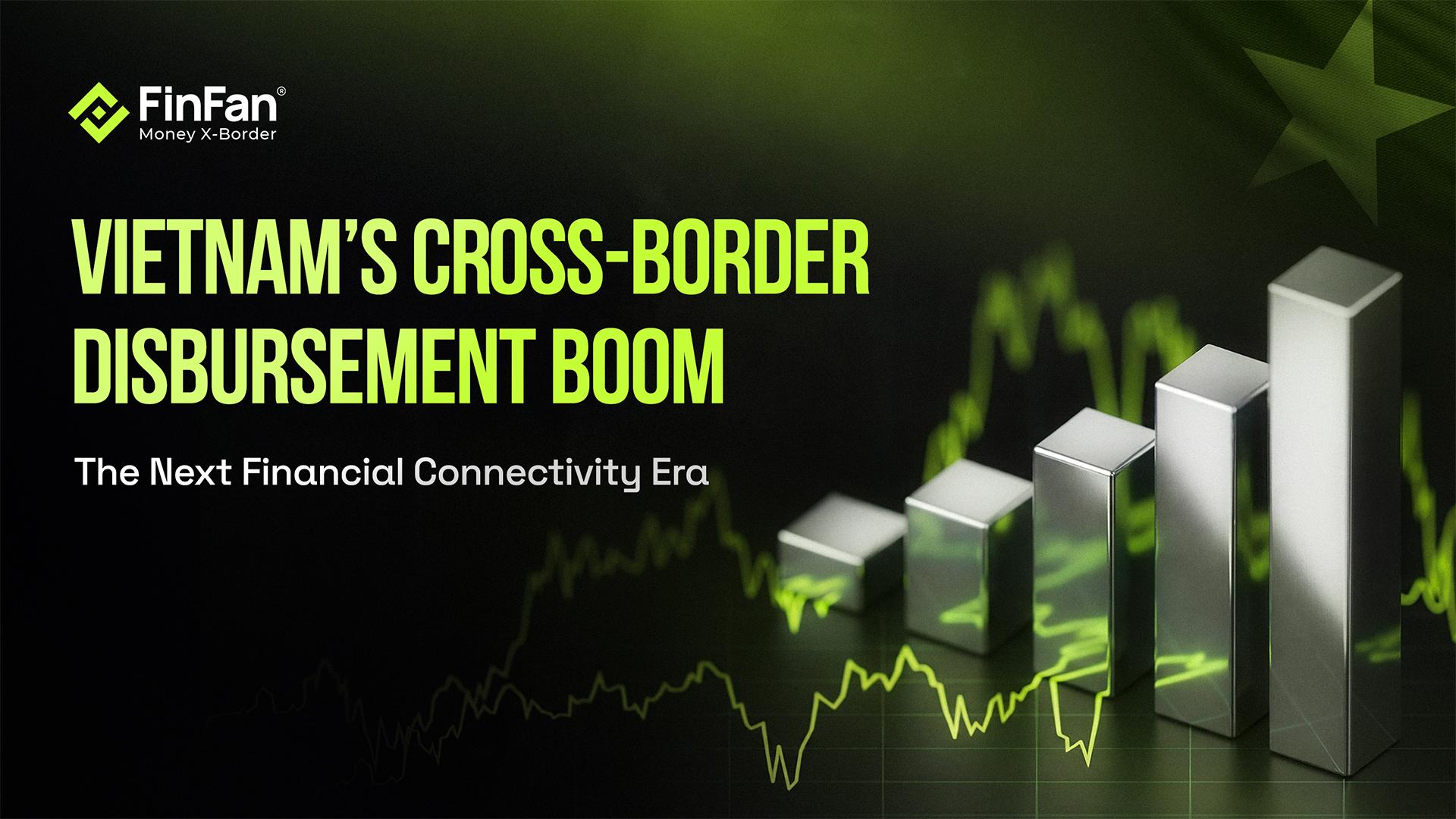How Billion-Dollar M&A Deals Remain “Immune” Amid the Tariff Storm: Lessons for Investors in Times of Turbulence

As global financial markets reel from a wave of tariffs and rising interest rates, many expected M&A (mergers and acquisitions) activity to grind to a halt. Yet, the reality paints a different picture: billion-dollar deals are still being closed as long as they target resilient, stable assets with minimal exposure to trade volatility.
According to PitchBook, global Private Equity deal volume fell 24% year over year in April 2025, marking the lowest level since 2020. The United States and Europe also recorded sharp declines, reflecting investor caution amid import duties that reached up to 145% on many Chinese goods. (PitchBook).
These aggressive tariffs have not only disrupted global supply chains but also complicated asset valuation, with future cash flows becoming increasingly difficult to predict. At the same time, traditional debt financing has dried up as banks tighten lending standards, leaving limited room for leveraged transactions.
A Billion-Dollar Case Study: Why Deals Still Happen
One standout deal worth over $24 billion exemplifies the formula for success in a high-risk environment: targeting a recession-resistant asset with strong cash flows, securing flexible funding, and settling on a realistic valuation.
This case involves a global payment processing company with a robust service-based business model and a broad international customer ecosystem. It remained largely immune to supply chain shocks. The buyer, a leading U.S. payments company - funded the transaction entirely with existing capital, avoiding the need for new debt in a tightening credit environment. Meanwhile, the seller, a seasoned PE firm - agreed to a valuation aligned with current market realities, rather than holding onto inflated expectations from the 2021 boom.
The deal closed swiftly and smoothly, serving as a textbook example of how M&A can thrive even under unfavorable macro conditions.
Emerging Trends in PE/VC: Safety and Flexibility First
According to JD Supra, U.S. M&A activity in April 2025 fell to its lowest since Q2 2020, with deal count plummeting despite the average deal size remaining high thanks to billion-dollar transactions. Globally, Reuters reported a 13% drop in M&A volume in Q1 2025, as buyers and sellers alike adopted a wait-and-see stance amid tariff uncertainty and supply chain disruptions (JD Supra, Reuters).
In response, investors are shifting strategy:
- Focusing on resilient sectors: Fintech, SaaS, and financial services are favored due to minimal exposure to tariffs and logistics issues.
- Turning to private credit for funding: The $10.55B acquisition of Boeing’s Digital Aviation Solutions by Thoma Bravo was backed by unitranche debt led by Apollo and Blackstone, bypassing traditional banks.
- Structuring more earn-outs: Buyers are increasingly demanding sellers to tie part of the valuation to future performance, mitigating risk amid unpredictable growth.
Four Golden Rules for Investors in Turbulent Times
To succeed in today’s M&A landscape, PE/VC firms must follow four key principles:
- Prioritize macro-resilient assets: Businesses with stable cash flows and limited exposure to global trade should top the list.
- Rely on equity, not leverage: Using equity capital instead of debt reduces financial risk amid rising borrowing costs and tight credit conditions.
- Be selective and long-term oriented: Focus on add-on acquisitions or strategic expansions that create sustainable value—rather than chasing short-term speculative gains.
- Adapt valuation expectations: Both buyers and sellers must move beyond 2021’s peak pricing and base decisions on realistic growth and profitability scenarios.
Sources: PitchBook, JD Supra & Reuters





